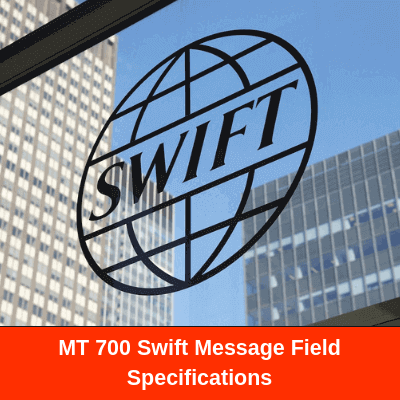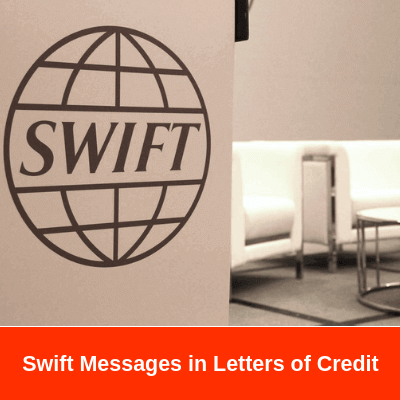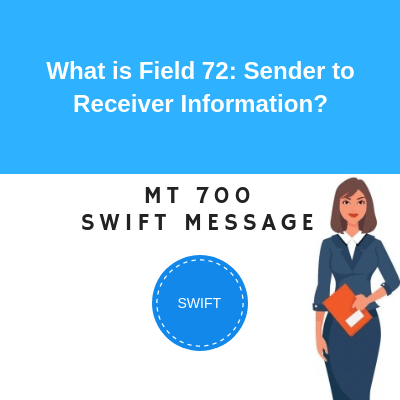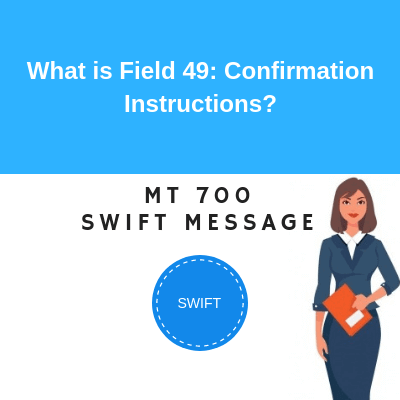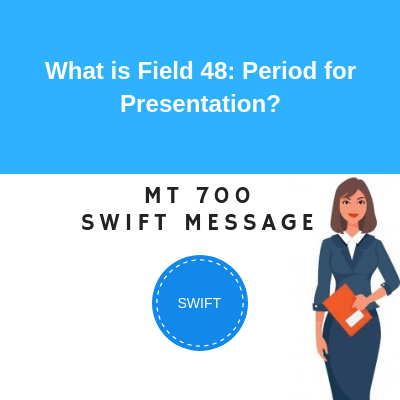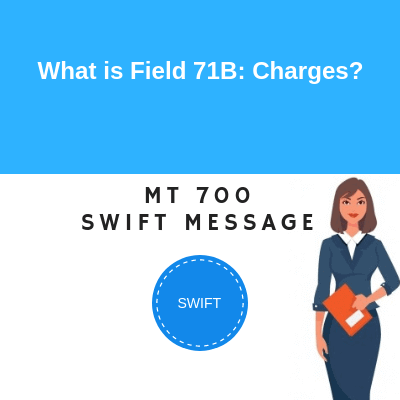Swift is a provider of secure message platform for financial institutions mainly for banks.
Swift messages are being sent and received by banks in encrypted forms. As a result swift messages are accepted as a valid and reliable way of communication between banks.
For example, an issuing bank sends a swift message to an advising bank in order to inform issuance of a documentary credit. Similarly the advising bank sends its acknowledgement via a swift message.
Swift messages play a key role not only in letters of credit but also other payment methods in international trade such as cash in advance payment, documentary collections, open accounts and bank payment obligations.
What is MT 705 Pre-Advice of a Documentary Credit in Trade Finance?
MT 705 is a special swift message type that is used by issuing banks when issuing a pre-advice of a letter of credit.
An issuing bank sends the terms and conditions of the documentary credit briefly with a MT 705 Pre-Advice of a Documentary Credit swift message type.
The pre-advice is not an operative instrument.
As a result the issuing bank, which has sent the pre-advice, must also send a MT 700 Issue of a Documentary Credit to inform the full terms and conditions of the documentary credit without delay.
On below table you can find explanations regarding the fields used under MT 705 swift messages.
You can also reach individual pages of each field by clicking the corresponding links.
MT 705 Pre-Advice of a Documentary Credit
| Status | Tag | Field Name |
|---|---|---|
| M | 27 | Sequence of Total |
| M | 40A | Form of Documentary Credit |
| M | 20 | Documentary Credit Number |
| M | 31D | Date and Place of Expiry |
| M | 50 | Applicant |
| M | 59 | Beneficiary |
| M | 32B | Currency Code, Amount |
| O | 39A | Percentage Credit Amount Tolerance |
| O | 39B | Maximum Credit Amount |
| O | 39C | Additional Amounts Covered |
| M | 41a | Available With ... By ... |
| O | 44A | Place of Taking in Charge/Dispatch from .../ Place of Receipt |
| O | 44E | Port of Loading/Airport of Departure |
| O | 44F | Port of Discharge/Airport of Destination |
| O | 44B | Place of Final Destination/For Transportation to.../ Place of Delivery |
| O | 44C | Latest Date of Shipment |
| O | 44D | Shipment Period |
| O | 45A | Description of Goods and/or Services |
| O | 57a | 'Advise Through' Bank |
| O | 79 | Narrative |
| O | 72 | Sender to Receiver Information |
| O : Optinal M : Mandatory |
MT 705 Pre-Advice of a Documentary Credit Rules
- This message is sent by the issuing bank to the advising bank.
- It is a brief advice of a documentary credit, the full details of which will follow.
- The pre-advice is not an operative credit instrument. Unless otherwise stated, the issuing bank must forward the operative credit instrument, ie, MT 700 Issue of a Documentary credit, without delay.
What Does Current Letter of Credit Rules Say About Pre-Advice of a Documentary Credit?
Teletransmitted and Pre-Advised Credits and Amendments
a. An authenticated teletransmission of a credit or amendment will be deemed to be the operative credit or amendment, and any subsequent mail confirmation shall be disregarded.
If a teletransmission states “full details to follow” (or words of similar effect), or states that the mail confirmation is to be the operative credit or amendment, then the teletransmission will not be deemed to be the operative credit or amendment. The issuing bank must then issue the operative credit or amendment without delay in terms not inconsistent with the teletransmission.
b. A preliminary advice of the issuance of a credit or amendment (“pre-advice”) shall only be sent if the issuing bank is prepared to issue the operative credit or amendment. An issuing bank that sends a pre-advice is irrevocably committed to issue the operative credit or amendment, without delay, in terms not inconsistent with the pre-advice.

